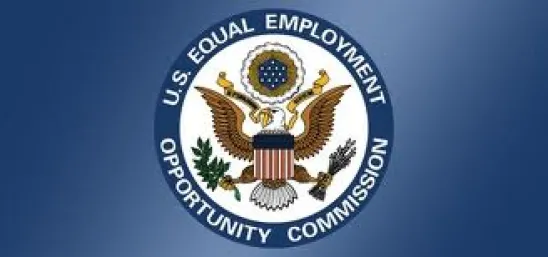The Equal Employment Opportunity Commission (EEOC) launched a new, online system for filing and tracking certain charges of workplace discrimination on November 1, 2017.
“This secure online system makes the EEOC and an individual’s charge information available wherever and whenever it is most convenient for that individual,” said EEOC Acting Chair Victoria A. Lipnic. “It’s a giant leap forward for the EEOC in providing online services.”
What is an EEOC discrimination charge and why is it important for me to file one?
If you are considering filing a sex harassment, glass ceiling/promotion discrimination case, or other employment discrimination claim, you need to know about the EEOC discrimination charge filing process. Generally, someone who believes they have been discriminated against at work must first file an EEOC discrimination charge before they can file an employment discrimination lawsuit under Title VII of the 1964 Civil Rights Act in federal court (different procedures may apply for a state law claim or claims under different federal laws).
What does the new discrimination charge filing system do?
The EEOC Public Portal “allows individuals to submit online initial inquiries and requests for intake interviews with the agency.” For employees looking to file a charge of discrimination with the EEOC, these inquiries and requests for interviews are how the charge-filing process usually begin.
The online system now allows individuals to digitally sign and file a charge of discrimination that has been prepared by the EEOC for them. After the charge is filed, the person can use the EEOC Public Portal to:
-
provide and update contact information,
-
agree to mediate the charge,
-
upload documents to his or her charge file,
-
receive documents and messages related to the charge from the agency; and
-
check on the status of his or her charge.
According to the EEOC, in fiscal year 2017, the agency “responded to over 550,000 calls to the toll-free number and more than 140,600 inquiries in field offices, reflecting the significant public demand for EEOC’s services.” The new online system will help respond to this huge volume of contacts and “is more efficient for the public and the agency as it reduces the time and expense of paper submissions.”
The online features may be used for new charges going forward as well as charges that are currently in investigation or mediation, so long as they were filed after January 1, 2016.
The public portal features helpful videos that walk the user through the online filing process. And the online portal guides the user with a step-by-step series of questions.
Important note about what the new filing system does not do
Two big exceptions apply to who may use the new online system. According to the EEOC, “the new system does not permit individuals to file charges of discrimination online that:
-
have not been prepared by the EEOC; or
-
to file complaints of discrimination against federal agencies.”
Individuals who do not have online access can call 1-800-669-4000 to get basic information about how to submit an inquiry to their local EEOC office.
What deadlines apply in filing an EEOC discrimination charge?
If you decide to file an EEOC discrimination charge, the EEOC’s website contains valuable information on how to do so. Depending on what state you live in, your charge of discrimination must be filed within 180 or 300 days of the discriminatory act.
Note 1: Federal employees and job applicants have a different complaint process, and generally must contact an agency EEO Counselor within 45 days.
Note 2: for age discrimination claims, the 180 day deadline can only be extended in certain circumstancesand it is important to see what deadline applies in your particular case.
What happens after I file my EEOC discrimination charge?
After you file a charge of discrimination, the EEOC will investigate your claim and may offer to try and settle the case with you and your employer. The EEOC will give a copy of your discrimination charge to your employer. If the EEOC finds cause to believe your employer discriminated against you, then the EEOC may either try to settle the case with the employer or the EEOC may decide to file a lawsuit on your behalf. In the event the EEOC can’t determine whether you were discriminated against, it will issue you a Notice of Right to Sue, after which you may file your own lawsuit in court.


 />i
/>i

